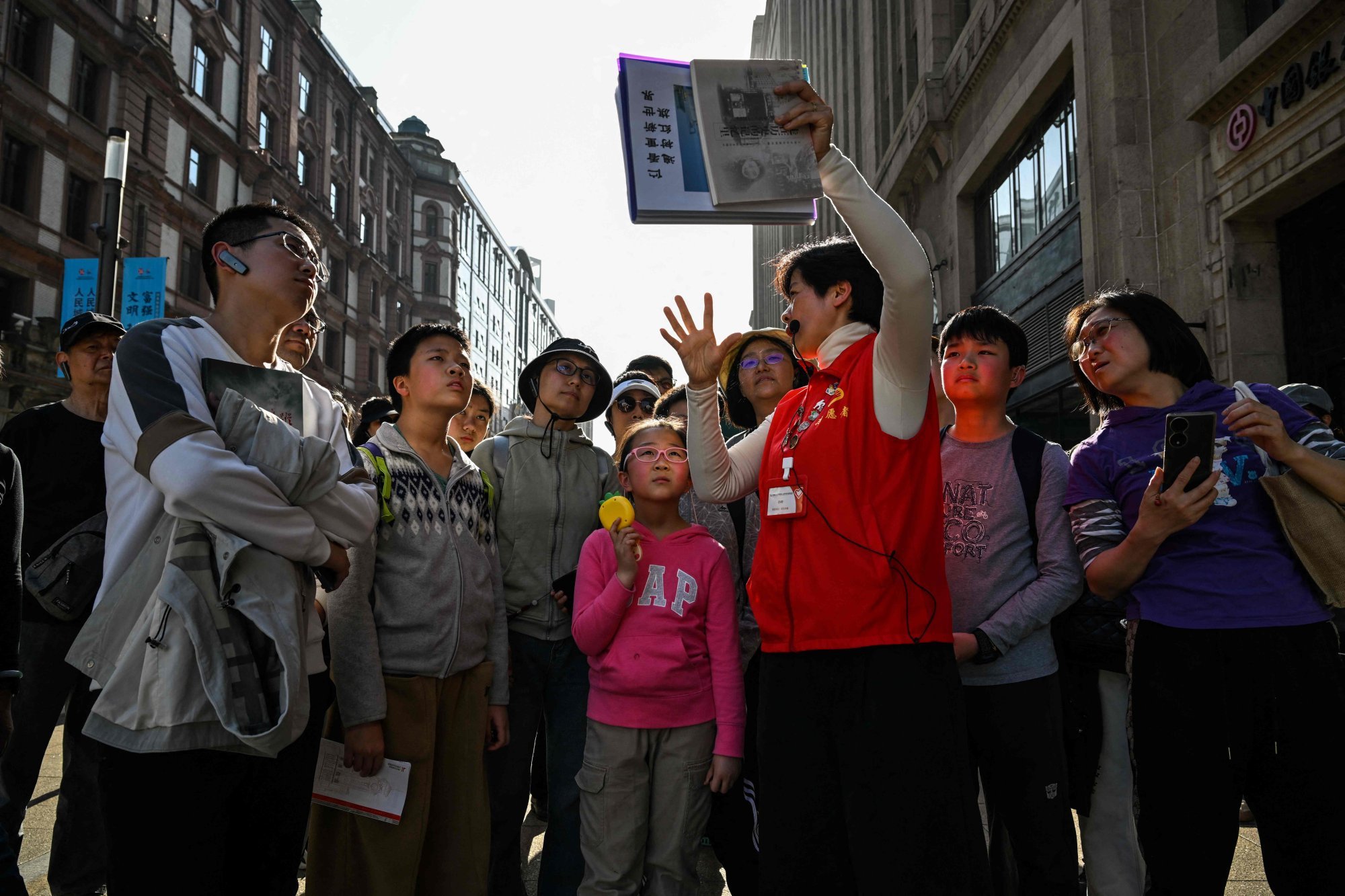In Shanghai, our tour guide had hosted only one other US school group, and she expected to have only one more this year – a marked decline from the 30-plus she booked each year prior to the pandemic. In Guilin, where the iconic mountains, a Unesco World Heritage site, had previously been among the most visited places on Earth, we were allegedly the first American group to visit since the beginning of 2020. Only two more are expected this year.
One hopes these are low estimates and that more have and will come. But there is no denying that the number of Americans travelling to China, which plummeted during the pandemic, has been slow to recover.
With most of the news coverage in both countries focused on macroeconomic and geopolitical issues, little attention is paid to the lives and perspectives of ordinary people. Opportunities to generate empathy are scarce, and the results are increasingly apparent. In US opinion polls, only 15 per cent of respondents viewed China favourably in 2023, down from 53 per cent in 2018, and from 72 per cent in 1989.
While completely understandable, the mass exodus of Americans and other expatriates has further curtailed the flow of information and in-person exchanges between the two countries’ business and NGO sectors. Add the fact that Western journalists’ activities are extremely restricted in China, and it is easy to see why the country feels so foreign and opaque to many outsiders. The exciting economic opportunities and fun travel stories of just a few years ago have given way to angst and uncertainty.
But has China changed fundamentally since 2019? Do Chinese people no longer believe in the potential of markets? Do they hate Americans?
My class saw as much of the country as possible in the space of just two weeks. We visited three cities and saw many Chinese and American companies – some thriving, others fighting for survival. Students also dashed around cities and suburbs on their own to conduct independent projects.

But all had been pleasantly surprised by their in-person encounters and meetings with Chinese people from all walks of life – from people on the street to heirs of billion-dollar family businesses. They found the Chinese people to be warm and even humble.
Sinophobia in the US is off the rails and blocking paths to progress
Sinophobia in the US is off the rails and blocking paths to progress
The joy and sense of relief were mutual. Chinese children and their parents giggled when one of my students picked up a toddler and tossed him in the air. Women selling bowls of noodles made sure that students who could not read Chinese received the same discounts offered to Chinese customers.
Everywhere we went, people told me that my students were a breath of fresh air – just as fun and open as they remembered Americans to be. They laughed with them, took pictures, and delighted in showcasing their work to them. They had missed these Americans. After years of isolation and negative press, they had grown worried that Americans had changed.
Of course, not all Chinese and Americans would get along, and the trip did not suddenly transform my students into China superfans. But it did help them appreciate the complexity of the world’s second-most-populous country. They saw first-hand that the Chinese people – almost entirely absent from US news coverage – are not the same as the Chinese government or what US news headlines might suggest.


